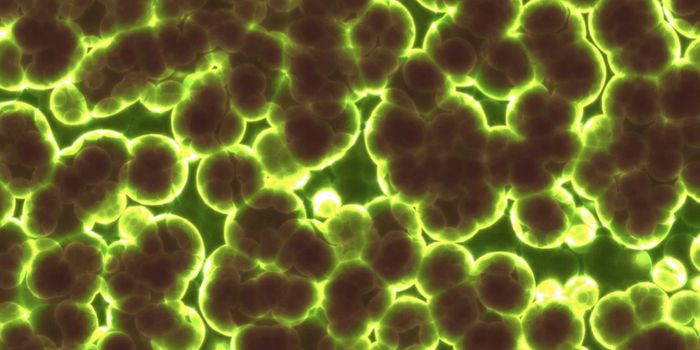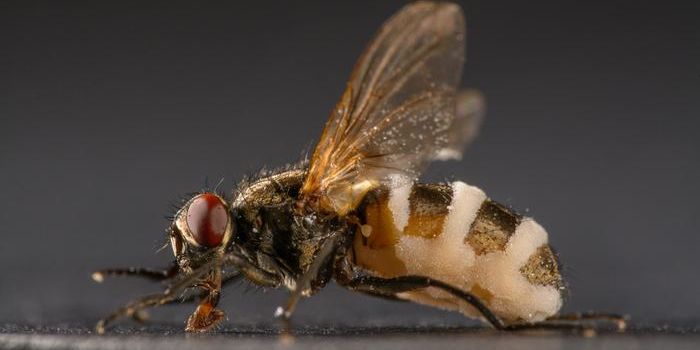Harmful Algae Blooms Blamed for the Deaths of Several Pets
Pet owners, especially in the Southeast but all across the nation are being warned to watch out for harmful algae blooms, which have been blamed for the deaths of several dogs that had been swimming in Lake Allatoona, Georgia, and a pond in Wilmington, North Carolina. Algae is giving people rashes in New Jersey.
Algae normally grow in bodies of water from ponds to the ocean, especially during the summer. But this particular type of algae is a growth of a type of photosynthetic bacteria called cyanobacteria. They might have a foul odor or look foamy and can be many different colors, from red to blue to the more familiar green. The blooms are sometimes mistaken for paint. You can’t detect a harmful bloom simply by looking at it though. The harmful cyanobacteria are triggered to produce and release toxic chemicals that impact people and pets when they grow in stagnant water.
People or their animals can get sick after coming into contact with the algae, like during swimming, when contaminated water droplets or spray gets in the mouth, or when contaminated water is drunk. It can also can infections when people consume contaminated seafood.
"We don't know how many dogs have died from harmful algal blooms this year," said Michael San Filippo, a spokesman for the American Veterinary Medical Association. "There have been several cases reported in the past month, but these types of deaths aren't reportable, so there's no reliable statistics available."
The length and severity of the illness depends on the exposure route. It can cause vomiting, diarrhea, abdominal pain, headache, irritation on skin, in eyes, nose and throat, or neurological symptoms like seizures. Usually, the symptoms arise rapidly after exposure, unless the microbes are eaten in contaminated food - symptoms take several hours to appear then.
To prevent the illness, it’s critical to stay way from the harmful algae blooms. The CDC suggests that ‘when in doubt, stay out.’ If you or your pet are exposed, seek medical treatment, and wash yourself and your dog off immediately if there’s been contact with the algae.
Climate change may encourage the growth of toxic algae. "Because these blooms thrive in warmer temperatures, you could expect rising temperatures to lead to an increase in harmful algal blooms," San Filippo explained.








